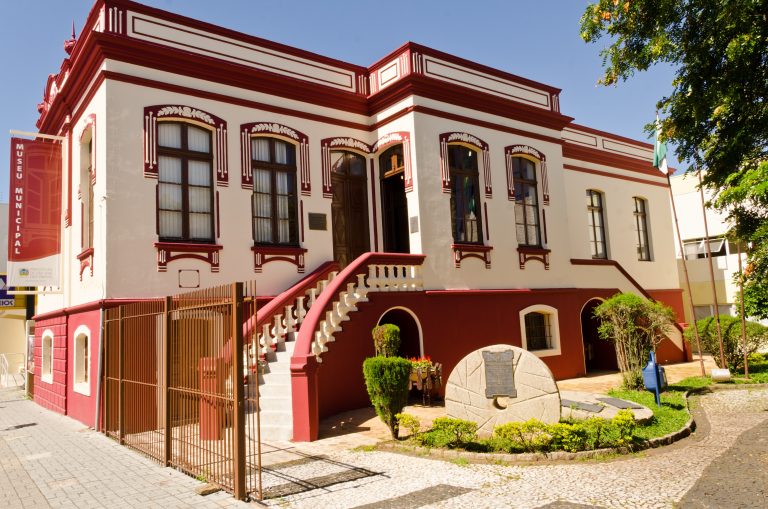#15000. Two-tone Colonial Façade with Arched Elements: A Synthesis of Historical Elegance

Before us stands an excellent example of colonial architecture with an expressive two-tone façade. The building represents an elegant structure in a style characteristic of Latin American architecture from the late 19th to early 20th century. The façade demonstrates a classic contrast between a rich terracotta-red lower level and a cream-colored upper floor, creating a memorable visual division.
The upper floor is adorned with exquisite red trim around the window openings and along the cornice, giving the building a refined elegance. The architectural composition includes arched windows with decorative elements above them, emphasizing the historical character of the structure. Particularly noteworthy is the central entrance with its majestic staircase, framed by curved railings of the same terracotta shade as the lower part of the building.
The lower level of the façade is characterized by arched elements and expressive texture. This is an excellent example of how contrasting colors and decorative elements can create a dynamic yet harmonious façade design that emphasizes the architectural integrity of the building. This approach to façade design can be successfully adapted for modern private homes, using contrasting colors to highlight architectural elements and emphasize the structure of the building.